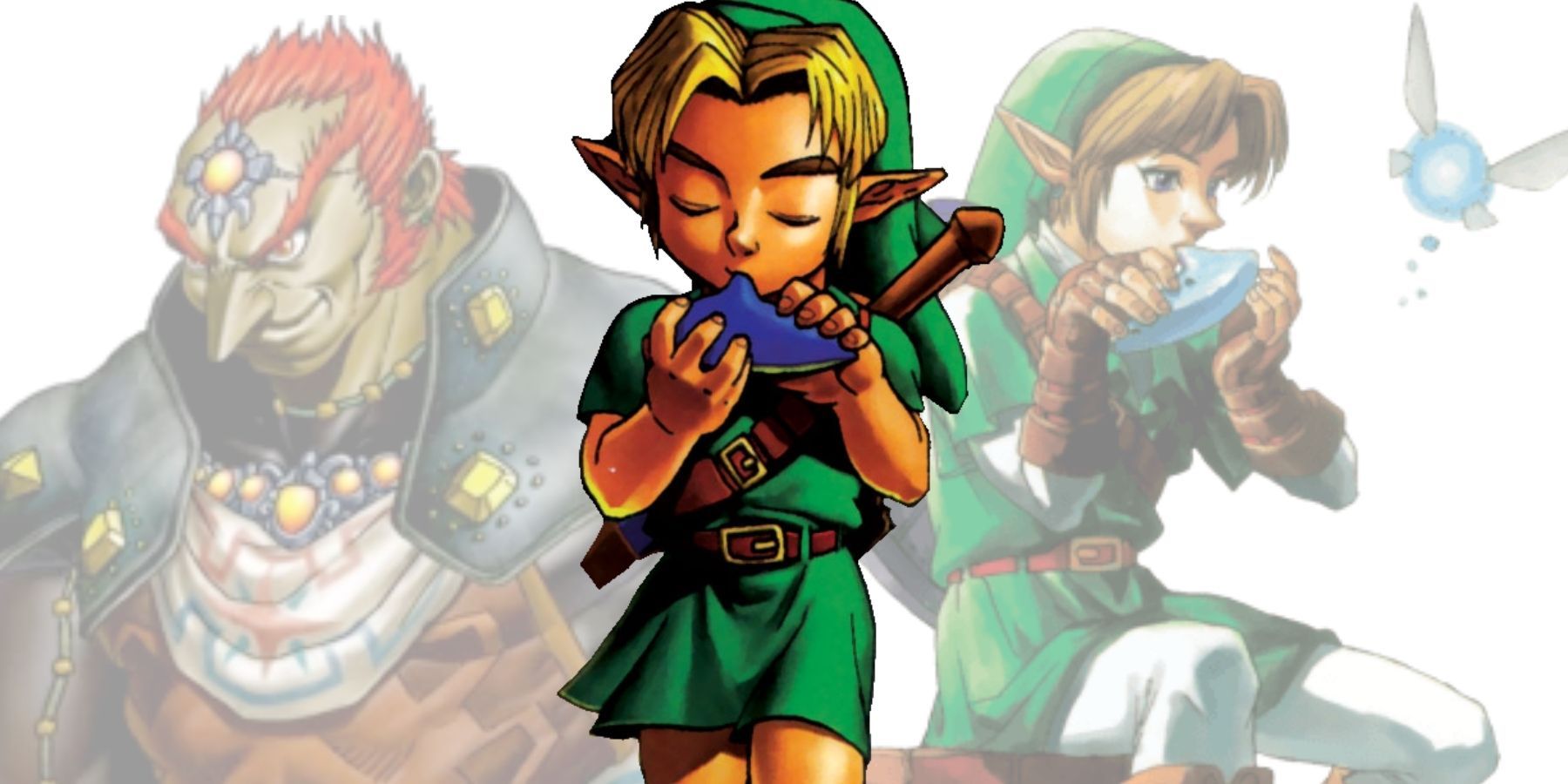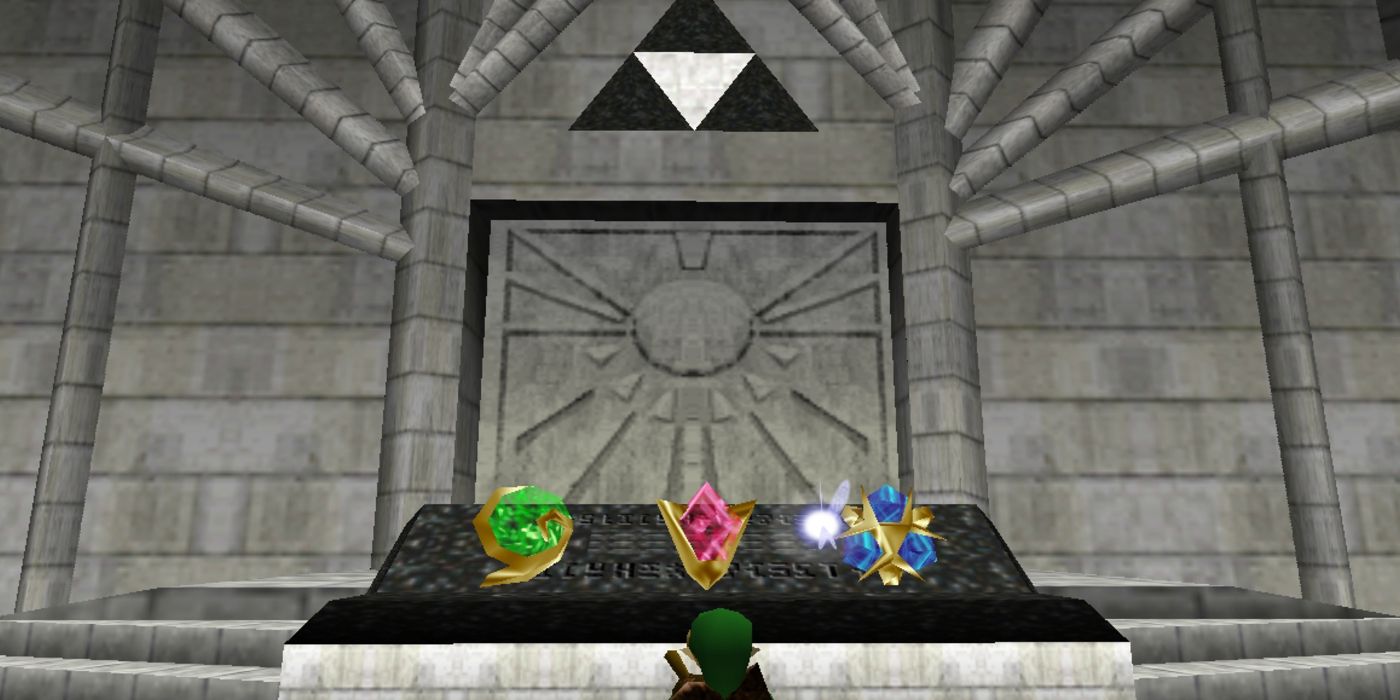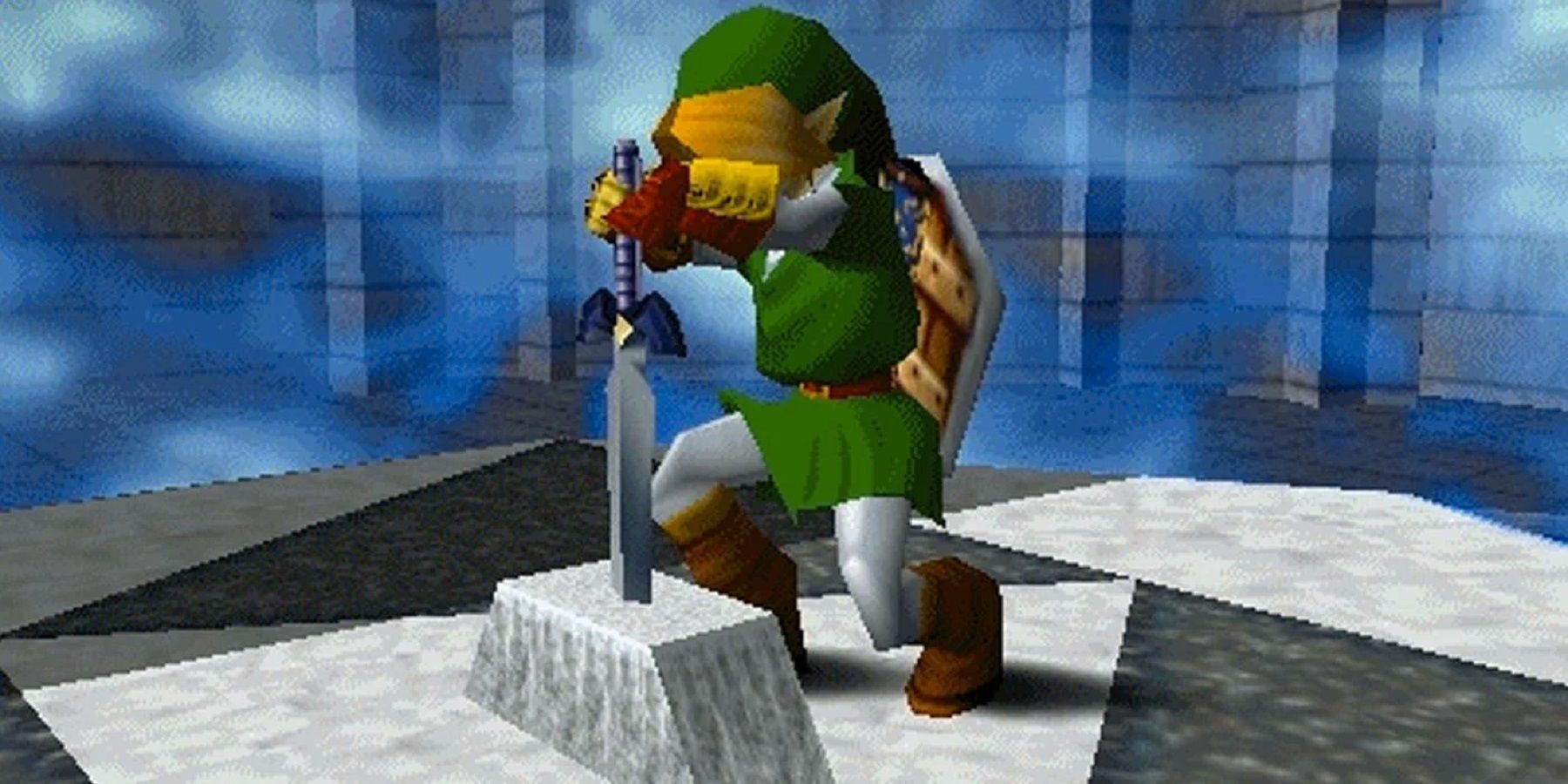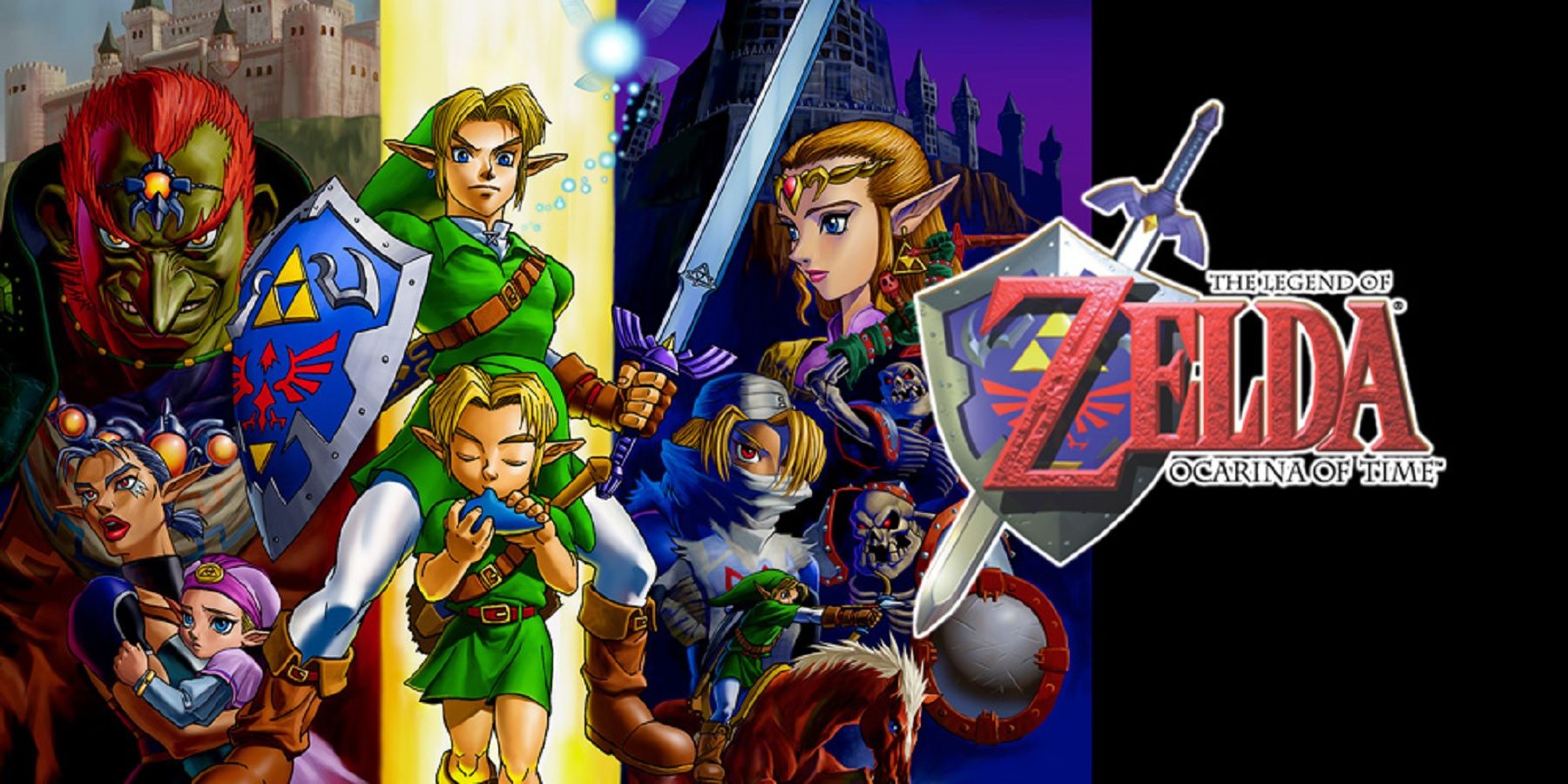The Legend of Zelda series is a crown jewel among the many IPs over at Nintendo. Spanning over three decades, the franchise has had numerous installments, all varying in tone and gameplay mechanics, so naturally, everyone will have a favorite that stands out from the rest. Breath of the Wild is renown for its breathtaking open world, while A Link to Past is often credited for cementing the formula that the series still mostly follows today. The Legend of Zelda: Ocarina of Time, in particular, was a groundbreaking hit and remains many players' personal favorite to this day.
The Legend of Zelda: Ocarina of Time is often praised for being the epitome of how a grand scale adventure game should feel and play. However, simply examining it as just a straightforward adventure would sell the game short. While many often consider later titles like Majora's Mask and Twilight Princess as much darker, more mature narratives, Ocarina of Time actually has much more happening within its world than some may initially consider. Whereas the other aforementioned titles are quite forward with their dark subject matter, Ocarina of Time instead uses subtext and underlying themes to sell its more adult concepts, perhaps resulting in the most sorrowful story in the entire series.
A Victim to the Flow of Time
Ocarina of Time begins similarly to most other games in the franchise, with Link sleeping soundly in bed, abruptly awoken by a call to action to embark on a life-changing journey. For roughly the first third of the game, the overall pace plays out like how most Legend of Zelda games prior to this had, and quite frankly, still play out to this day. Link will explore new locations, meet new populations, and face danger to acquire another key item to progress further.
What sets Ocarina of Time's plot apart from the rest however is the emphasis on how much time itself affects Link, as well as the world around him. It can of course be argued that this exists in other titles such as Majora's Mask, but that game is more direct and involved with how time connects to the game world. Time is directly related to the gameplay, and the player can interact and alter time more freely within Termina to try and save the world. In Ocarina of Time, this element is strictly tied to the plot and out of the player's hands, playing out in more subtle, unchangeable ways.
At one point in the story, Link collects three spiritual stones and unlocks the Door of Time within the Temple of Time. To summarize what follows, Link is essentially the chosen one, prophesized to bring an end to the evil of the world. However, when he had collected the three stones, he was still far too young and inexperienced in order to face the challenges ahead. So, unknowingly, Link is locked away for seven years within the Temple of Time, so that he can return once he is older and more capable to face Ganondorf and the other evils in store. This was done without warning for Link, setting in motion the tragic subtext for the rest of the adventure.
Days Gone By
From here, Link is now an adult and has a new set of obstacles to overcome leading up to the ultimate confrontation with Ganondorf. Link ventures back out into Hyrule, to places both new and old, in order to vanquish the darkness that has plagued the world and its inhabitants. What is exceptionally tragic about this is that Link (and by extension, the player) are returning to a world with a noticeable gap and lack of information. When Link entered the Temple of Time, the world he left behind him contained wonder and life. The moment he steps out of that same door as an adult, Hyrule as he knew it is a barren wasteland, home to nothing but misery and death.
The player then goes back out into the world they had just grown familiar with and attached to over hours of gameplay, but things are now drastically different. Time has moved forward while Link basically stood still, losing precious moments and not being able to be there when the world needed him most. His home in Kokiri Forest is overtaken with dark creatures, while once beautiful locations like Zora's Domain are now inhospitable. Ocarina of Time goes to great lengths to compare and contrast what was, and what is now the reality for Link. It's almost ironic that a protagonist with the power to control time at his fingertips is in a harsh situation so out of his control.
Childhood vs Adulthood
These parallels and differences shown between two moments of time, highlight the interplay between childhood and adulthood in Ocarina of Time. When controlling Link in the earlier portions of the journey, the player witnesses the world through the eyes of a child. Nearly every part of the game world compliments this notion, with musical tracks being upbeat and energetic, and the overall visual style being colorful and attractive to the eye. To compare, the later levels tackled as an adult have more brooding, mysterious music and gritty, dark art styles.
While other dark adventures in this series like Majora's Mask do have a fair share of mature themes, much of the action in the plot directly involves Link and actually happens because of his choices. The fact of the matter is, Link didn't have a choice in Ocarina of Time. The once innocent childhood life he lived was stripped away and replaced with a much harsher, less compassionate world. It is because of this plot structure that Ocarina of Time could very well be the saddest installment in the entire series.
The Legend of Zelda: Ocarina of Time is available on the Nintendo 3DS, 64, GameCube, and Switch.




